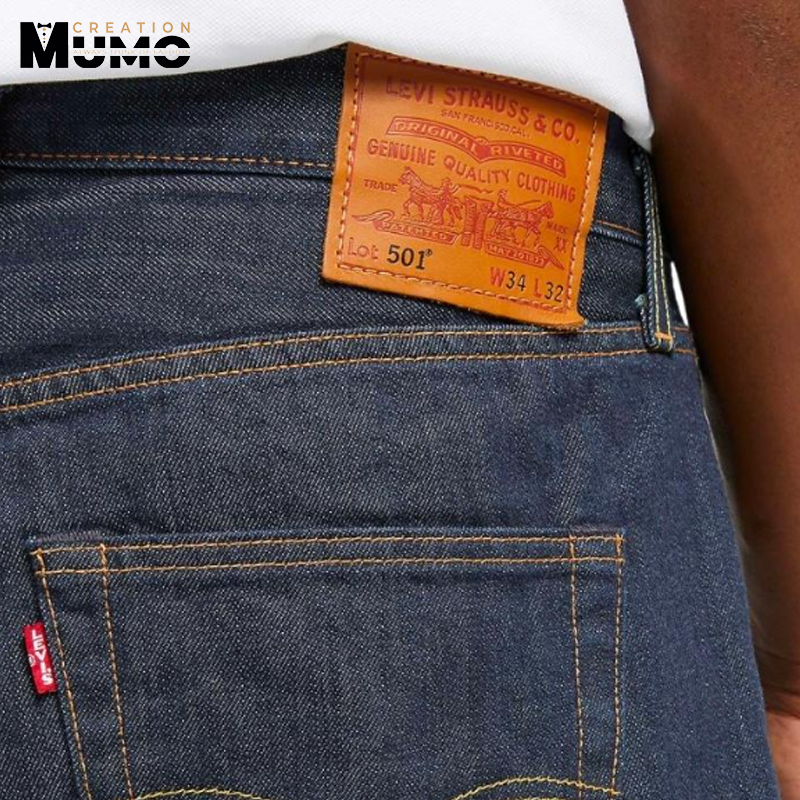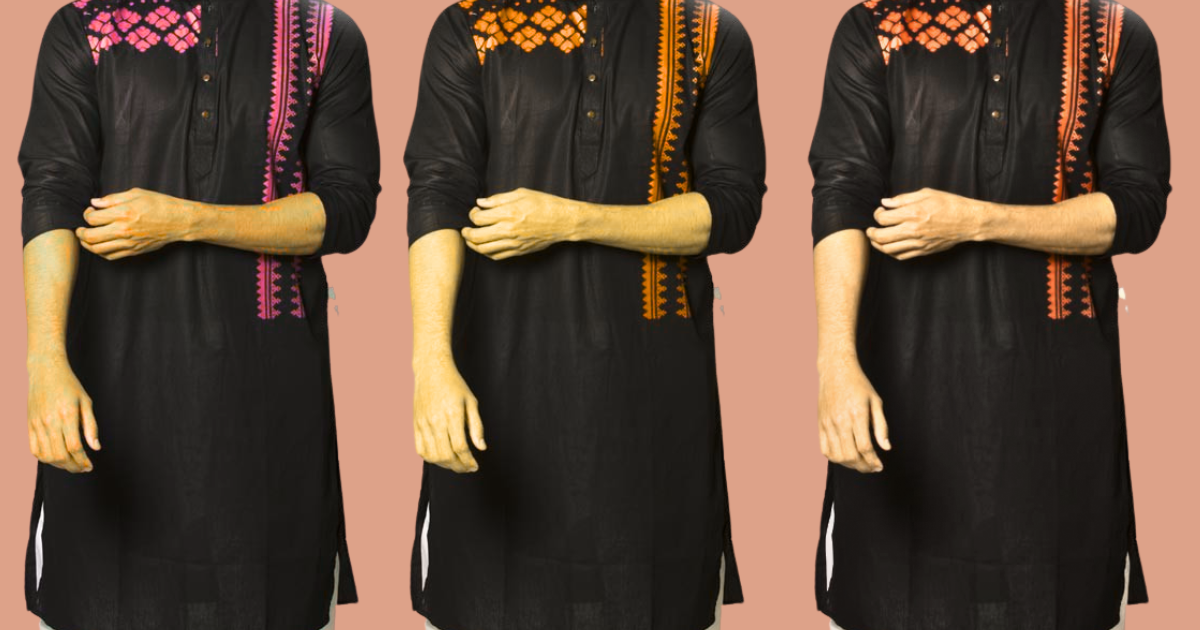If you are a denim lover, you may have noticed that there is a big difference in price and quality between real denim and stretch denim. Real denim, also known as raw or dry denim, is denim that has not been washed, treated, or distressed after being dyed. This gives it a unique look and feel, as well as the ability to fade and mold to the wearer’s body over time. Stretch denim, on the other hand, is denim that has been blended with synthetic fibers, such as elastane or polyester, to make it more flexible and comfortable. Stretch denim is also pre-washed and pre-faded to give it a worn-in appearance.
But why is real denim so expensive? What makes it worth the extra money? In this blog post, we will explore the factors that contribute to the cost of real denim, such as the quality of the cotton, the dyeing process, the weaving technique, and the craftsmanship. We will also discuss the benefits of real denim, such as its durability, unique character, sustainability, and investment value. By the end of this post, you will have a better understanding of what real denim is, how it is made, and why it is so special.
The Intricate Factors Behind the Cost of Real Denim
Real denim, also known as raw or dry denim, is denim that has not been washed, treated, or distressed after being dyed. However, real denim also comes with a higher price tag than its more common counterpart, stretch denim. Why is that?
There are several factors that contribute to the cost of real denim, such as:
The quality of the cotton: Real denim is usually made from 100% cotton, which is more expensive than synthetic blends. The cotton used for real denim is also often of a higher grade, such as organic, long-staple, or selvedge cotton, which are more durable and have a finer texture.
The dyeing process: Real denim is dyed with natural indigo, which is a plant-based dye that requires a complex and labor-intensive process to extract and apply. Indigo dye also fades gradually with wear and wash, creating a unique patina that many denim enthusiasts appreciate. However, indigo dye is also more expensive and less consistent than synthetic dyes, which are cheaper and easier to produce and apply.
The weaving technique: Real denim is woven on traditional shuttle looms, which produce a tighter and denser weave than modern projectile looms. Shuttle looms also create a self-finished edge on the fabric, known as the selvedge, which prevents fraying and adds a distinctive detail to the jeans. However, shuttle looms are slower and less efficient than projectile looms, which means they produce less fabric and require more skilled workers to operate.
The craftsmanship: Real denim is often made by small-scale or artisanal manufacturers, who pay more attention to the details and quality of the jeans. Real denim jeans may feature hand-stitched seams, rivets, buttons, leather patches, and other embellishments that add to the durability and aesthetics of the jeans. However, these features also add to the labor and material costs of the jeans, as well as the exclusivity and prestige of the brand.
Benefits of Real Denim

Durability: Real denim is more durable than stretch denim, as it is made from 100% cotton that does not lose its shape or elasticity over time. Real denim also has a tighter and denser weave that resists tearing and abrasion. Real denim jeans can last for years, even decades, if properly cared for, while stretch denim jeans may wear out after a few seasons.
Unique Character: Real denim has a unique character that reflects the wearer’s lifestyle and preferences. Real denim is dyed with natural indigo, which fades gradually with wear and wash, creating a distinctive patina that is different for every pair of jeans. Real denim also molds to the wearer’s body, creating a personalized fit that is comfortable and flattering. Real denim jeans are not mass-produced, but rather handcrafted by skilled artisans, who add details and embellishments that make each pair of jeans unique.
Sustainability: Real denim is more sustainable than stretch denim, as it is made from natural materials that are biodegradable and renewable. Real denim is also produced with less water and energy than stretch denim, as it does not require chemical treatments or washing. Real denim also supports ethical practices, as it is often made by small-scale or artisanal manufacturers, who pay fair wages and respect the environment. Real denim jeans are not fast fashion, but rather slow fashion, that encourages the wearer to buy less and wear more.
Investment Piece: Real denim is an investment piece that becomes more valuable over time. Real denim jeans are not cheap, but they are worth the price, as they offer quality, durability, and character that cannot be replicated by stretch denim. Real denim jeans also have a resale value, as they are sought after by collectors and enthusiasts, who appreciate the history and craftsmanship of real denim. Real denim jeans are not a trend, but a classic that never goes out of style.
In conclusion, the question “why is real denim so expensive?” can be answered by considering the meticulous craftsmanship and premium materials involved in its production. Real denim stands apart from stretch denim due to its higher quality materials and intricate processes, resulting in a superior product that boasts durability and aesthetic appeal. While real denim may not be suited for everyone, requiring patience and care to break in and maintain, its rich history, craftsmanship, and character make it a worthwhile investment for those who appreciate authenticity in fashion.
FAQ’s
Why is Real Denim more expensive than other types of denim?
Real denim commands a higher price due to its superior quality materials and intricate production processes. The use of premium cotton, such as organic or selvedge cotton, along with natural indigo dye and traditional weaving techniques, contributes to its elevated cost.
Does the higher price of Real Denim justify its quality?
Absolutely. Real Denim’s premium price tag reflects the exceptional craftsmanship and durability that it offers. Unlike cheaper alternatives, real denim is made to last, with the ability to mold to the wearer’s body over time and develop a unique patina with each wear.
Are there any specific factors that contribute to the expense of Real Denim?
Yes, several factors contribute to the cost of real denim. These include the quality of the cotton used, the complexity of the dyeing process with natural indigo, the intricacy of traditional weaving techniques, and the attention to detail in craftsmanship, such as hand-stitched seams and embellishments.
Can you provide examples of how Real Denim’s price is justified?
Certainly. Real denim’s higher price is justified by its longevity and aesthetic appeal. Unlike cheaper denim alternatives, real denim retains its shape and color for longer periods, thanks to its superior materials and construction. Additionally, its ability to develop a unique character over time adds to its allure and value.
Is Real Denim worth the investment despite its higher cost?
Absolutely. While real denim may require more care and patience to break in and maintain, its exceptional quality and timeless appeal make it a worthwhile investment for anyone who appreciates authenticity in their wardrobe. The longevity, durability, and character of real denim justify its higher price tag in the long run.












